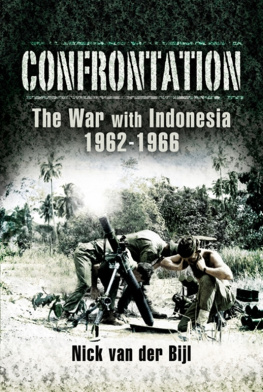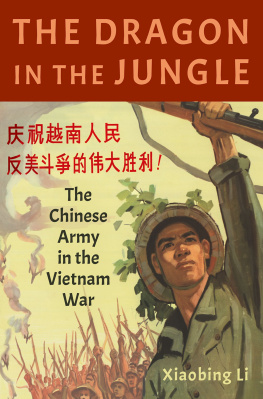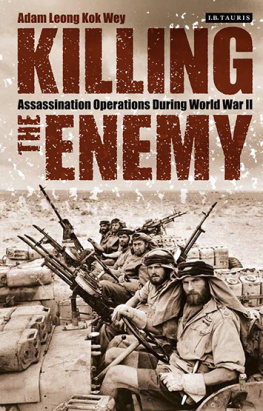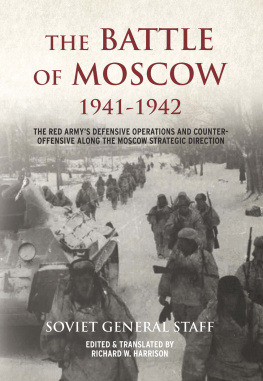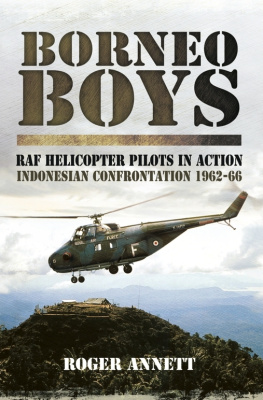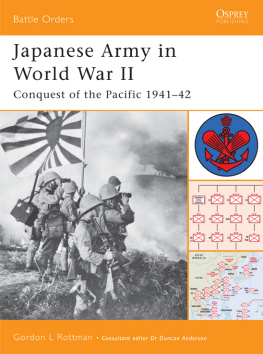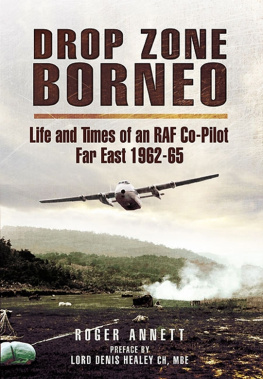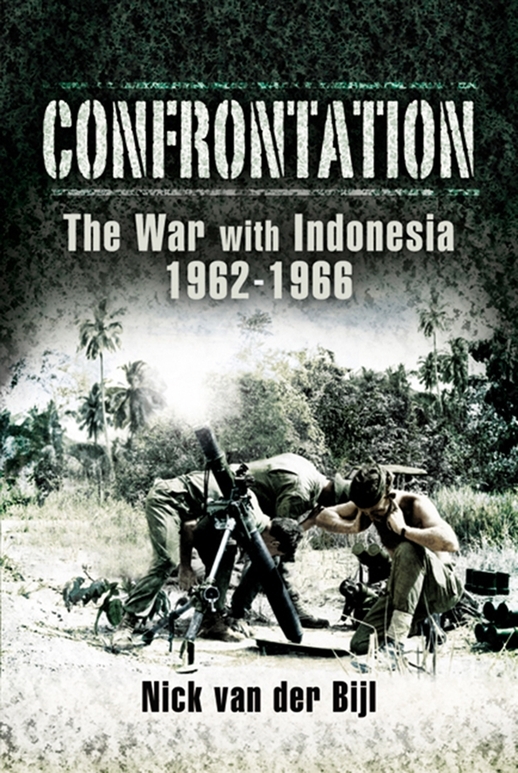Acknowledgements
The Armed Forces of the United Kingdom have been engaged in over seventy military operations since 1945, which have resulted in about 3,000 Service personnel killed in action. The war against Indonesian ambitions in South-East Asia between 1962 and 1966 is, perhaps, the least well known, not because it was a secret war it was not but because the terrain and conduct of the war were too tough for the average journalist to contemplate reporting.
This book sets out to tell a history of the campaign and also add to the story of British military history on the world scene since 1945. I am beholden to Pen & Sword Books for giving me the opportunity.
I am most grateful to The Right Honourable Lord Denis Healey of Riddlestone CH MBE for writing the Foreword. As Secretary of Defence during Confrontation, his acknowledgements to the Armed Forces are a shining example.
Quite apart from those sources listed in the Bibliography, I am indebted to several people who fought during Confrontation. Lieutenant Colonel Charles McHardy (Queens Own Highlanders) and the late Alasdair Ker-Lyndsay for their recall of the Brunei Revolt. Dr Greg Poulgrains research into the causes of the Brunei Revolt was enlightening. To Colonel Alan Thompson (Royal Leicesters) for describing his attack on an Indonesian machine gun and to Lieutenant Colonel Jon Fleming (2 Para) for telling me about the attack on Plamam Mapu in 1965. To Major General Ronnie McAlister for his review of 1/10th Gurkha Rifles operations in 1965-6. Brigadier Bruce Jackman reviewed his attack on Long Medan, as did Brigadier Christopher Bullock for 2/2nd Gurkha Rifle operations in 1965. Thanks also to Brigadier Bullock for allowing me to use some maps from his book Journeys Hazardous . Major John Burlisons (2nd Gurkha Rifles) account of events at Long Jawi was invaluable. He is involved in identifying war memorials to Allied and Commonwealth Service personnel killed during the Second World War, the Brunei Revolt and Confrontation. Denis OLeary (1/7th Gurkha Rifles) helped with his review of the attack on Lobe Island. Mr Ian Mayman (2/10th Gurkha Rifles) commented on the Battle of Track 6/6A and Operation Blunt and R.A.M. Seeger (Royal Marines) scrutinized my account on his attack on Sebatik Island. Bombardier Peter Barnes supplied me with contemporary documents on 40th Light Regiment RA. Lieutenant Commander John Rogers supplied a mass of information of Naval Party Kilo. And John Mulholland, of the Victoria Cross and George Cross Society, helped with information on Lance Corporal Rambahadur Limbu VC. There are several others who played their part in Confrontation who wish to remain anonymous I am most grateful to them and fully respect their decision.
Peter Wood, of GWA, was a Royal Engineer who supplied mapping during Confrontation. When he created the maps for this book, his recollections proved invaluable. The Ton Class Association provided me with photographs of naval activity.
I must thank Bobby Gainher for his scrupulous editing; John Noble, ex-Royal Navy and on a Type 12 a/s Frigate during Confrontation, for the indexing; and Brigadier Henry Wilson, formerly of the Royal Green Jackets in Borneo and now Commissioning Editor, Pen & Sword Books, for his encouragement in this project. There are also a large number of unseen backroom people involved in the preparation and publication of this book who must be thanked too.
My wife, Penny, has again been invaluable in proofreading and asking searching questions about the draft.
Nick van der Bijl
Somerset
APPENDIX 1
FUNDAMENTALS OF GUERRILLA WAR
A summary of the theories of Colonel Nasution are:
1. War in this century has become total peoples war.
2. Guerrilla warfare is a war of the weak against the strong.
3. Guerrilla warfare cannot, by itself, bring final victory: guerrilla warfare can only weaken the strength of the enemy.
4. A guerrilla war is usually an ideological war. Warfare is a total peoples war.
5. Guerrilla warfare does not mean that all the people are fighting.
6. A guerrilla war must not consist of unorganised destruction; it must be of systematic character.
7. A guerrilla movement has its base within the people. The people support, care for and conceal the guerrillas.
8. The enemys arsenals are the guerrillas sources of weapons.
9. The principal requirements for guerrilla warfare are: a people who will give assistance, sufficient geographical room, and a war of long duration.
10. A total peoples war needs a unified leadership, not only at national level but also down to the local level.
11. The anti-guerrilla war must aim at severing the guerrilla fighters from their base, the people, and must therefore emphasize political, psychological and economic movements. The guerrilla must be opposed with his own tactics.
In a chapter entitled The Guerrilla and our Future War, Nasution predicted that guerrilla warfare would govern the strategic defence of Indonesia after 1953, and was therefore relevant to Indonesian strategy during Confrontation.
1. Have your umbrella ready before it rains (Keep your powder dry). Citing that the Cold Car turned into real wars, Nasution says the Indonesia must be able to defend itself if dragged into war. Armed forces must be organized, technical troops trained and weapons systems kept up to date.
2. For the next ten years or so guerrilla warfare will be the main item on our program of defence. Guerrilla warfare will be the national strategy only when Indonesia is unable to defend itself by conventional means. Most of the action will take place on land. As the armed forces develop, the effectiveness of guerrilla warfare will decrease.
3. At present, and in the years to come, we will continue to be engaged in anti-guerrilla activities. Nasution examined the guerrilla warfare being conducted by rebel factions in Java and the Celebes, and accepts that civil war cannot be concluded quickly. He accepted that official corruption, political cronyism, economic instability and ineffective security forces were major factors in inducing unrest.
4. The guerrilla war we waged was militarily speaking of an immature nature. Nasution examines the fighting against the Dutch and concludes that static and defensive tactics were no match for the flexibility of the Dutch. Although there was sufficient manpower, military organization was weak because too many battalions and brigades were formed to permit offensive action.
5. We must as soon as possible develop a truly regular army. The formation and development of regular forces were essential for the defence of Indonesia. Guerrilla warfare is, by nature, long and exhausting while conventional forces can absorb the pressures of guerrilla activity. Regular forces must be territorial and regional in nature with its own depots and training units to support home guards, peoples defence forces and guerrilla units. Nasution had recommended these principles in 1948 after the Dutch First Police Action.
6. Organization and training for a future guerrilla war. To defend Indonesia, Nasution suggests three lines of defence - resistance by the army, resistance by the peoples guerrilla army and the defence of the people. The Infantry must be lightly equipped, flexible and capable of being deployed quickly as organized units. Veterans are an important element of developing militias. Home guard units, partisans and student corps must be encouraged to become involved in defence. Volunteers are worth ten pressed men. Formed Home Guards are the most effective against guerrillas.

